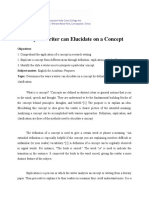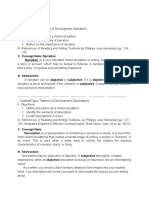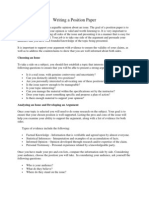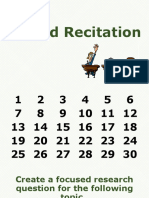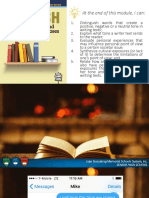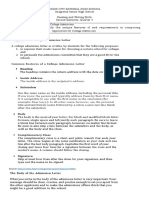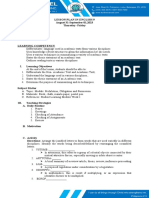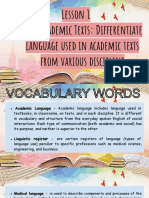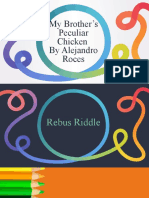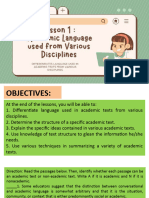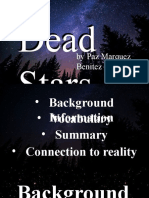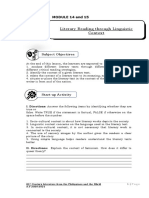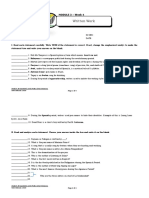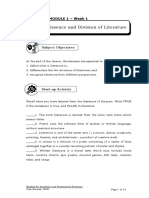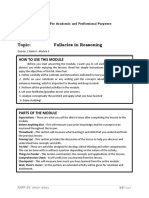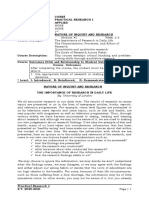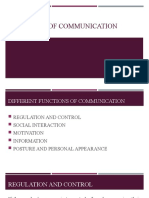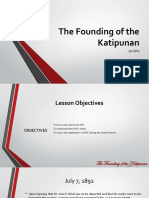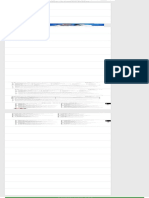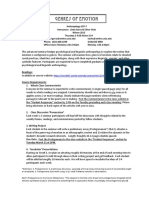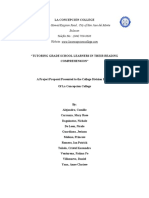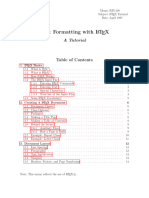0% found this document useful (0 votes)
1K views17 pagesTopic:: Academic Writing: Characteristics and Structure
This document provides information about an English for Academic and Professional Purposes course. It discusses the module on academic writing, including expectations, characteristics, and structure. The module aims to help students understand academic writing and how it differs from other types of writing. It defines academic writing and provides examples. Key characteristics are that academic writing is planned, focused, structured, evidenced, and uses a formal tone. Common structures used in academic writing are the three-part essay structure and IMRaD structure.
Uploaded by
Jrick EscobarCopyright
© © All Rights Reserved
We take content rights seriously. If you suspect this is your content, claim it here.
Available Formats
Download as PDF, TXT or read online on Scribd
0% found this document useful (0 votes)
1K views17 pagesTopic:: Academic Writing: Characteristics and Structure
This document provides information about an English for Academic and Professional Purposes course. It discusses the module on academic writing, including expectations, characteristics, and structure. The module aims to help students understand academic writing and how it differs from other types of writing. It defines academic writing and provides examples. Key characteristics are that academic writing is planned, focused, structured, evidenced, and uses a formal tone. Common structures used in academic writing are the three-part essay structure and IMRaD structure.
Uploaded by
Jrick EscobarCopyright
© © All Rights Reserved
We take content rights seriously. If you suspect this is your content, claim it here.
Available Formats
Download as PDF, TXT or read online on Scribd
/ 17















